Home »
Misc »
How to avoid travelling in basketball
How to avoid travelling in basketball
How to Avoid Traveling before the First Dribble
The first tip Coach Dave Harrington of Evolution basketball shared with me on how to avoid traveling before the first dribble was to immediately sit and get low. On virtually every catch this is what players need to be doing. It is much easier said than done. Bentley University’s Associate Head Coach C White (whom I spoke with last year) told him that girls struggle to get low. To combat this, Coach Dave drills players to get uncomfortably low in a squat with a ball. Once they are low, he pushes them to extend their pivot foot further than they are used to. Here were some other nuggets he shared with me:
Catch on a Jump stop
Either foot can be used as a pivot foot if a pass is caught on a jump stop. We wrote last year that there is a case to be made for players to practice pivoting on one foot. The greatest players in the world pivot on their weak foot more than ninety percent of the time. Here is the case to be able to pivot on both feet.![]()
First of all, there are still those ten percent occasions for great players where the defense dictates that you move in the direction you are less comfortable to go. Second, these players that get flagged for traveling are not Kevin Durant or the best players in the world. Third, the defense has to respect both feet when the ball is caught on a jump stop. Fourth, as Coach Dave stressed refs love to call pivot foot error travels. Catching on a jump stop creates less for them to think about. Fifth, a player is more likely to be balanced when they catch. Even if they are leaning one way on a jump stop catch, they can take the step in the direction that they are leaning and not get called.
Jab Step & Reverse Pivot to Avoid Traveling
Coach Dave’s point about catching and squatting also applies to a bad habit he routinely sees in the jab step. Players are not low enough when they jab. When they are overly vertical, they lack explosiveness and balance. This combination leads to the wrong foot coming up and a travel call. To build this skill into a player’s consciousness, he has players use a ladder and step at the defender and at forty-five degrees with both feet.
To build this skill into a player’s consciousness, he has players use a ladder and step at the defender and at forty-five degrees with both feet.
In addition to the flaws of the jab technique, Coach Dave also notices a dearth of reverse pivot moves. This is especially true with post players who catch the ball most of the time with the back to the basket. If these players utilize a reverse pivot, they immediately put pressure on help defenders to shut down cutters.
Transition Offense Tips
Initially Coach Dave wants young players and teams to understand lanes, how to find a trailer, and get a lay-up. This spring he has coached a team that is using transition a little differently. The team is a stronger shooting team with just one forward and many guards. In today’s game, the emphasis on the three is not anything new of course. What I liked is that he is specific in what he wants from his team on the three balls. He will issue challenges such as getting an open three four seconds after the ball gets over half-court or get a three after only three passes.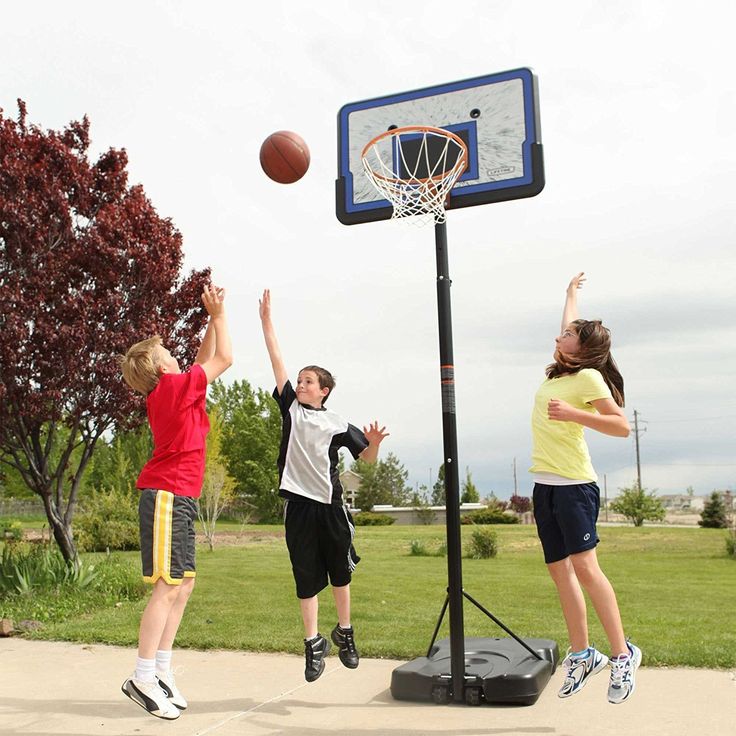 I also liked how Coach Dave broke down the why behind this philosophy.
I also liked how Coach Dave broke down the why behind this philosophy.
Why Shoot 3’s in Transition
- Great looks. There is a higher probability of getting a clean look in transition than the quarter court where all ten players are stuffed together. Traditionalists might argue that you can get closer, but there is also a chance that when the defense is set that contested close shots are harder than uncontested far shots. Not to mention that the possibility of a turnover increases when open shots are passed up.
- The math equation. If the percentage of two-pointers made is less than 1.5 times the percentage of three-pointers made, it’s a good idea to shoot more threes. This is where knowing your team’s strengths and weaknesses is critical.
- Speeding up the pace. Teams that are deeper and guard-oriented benefit from playing fast. Again, know your team.
- Size becomes less important.
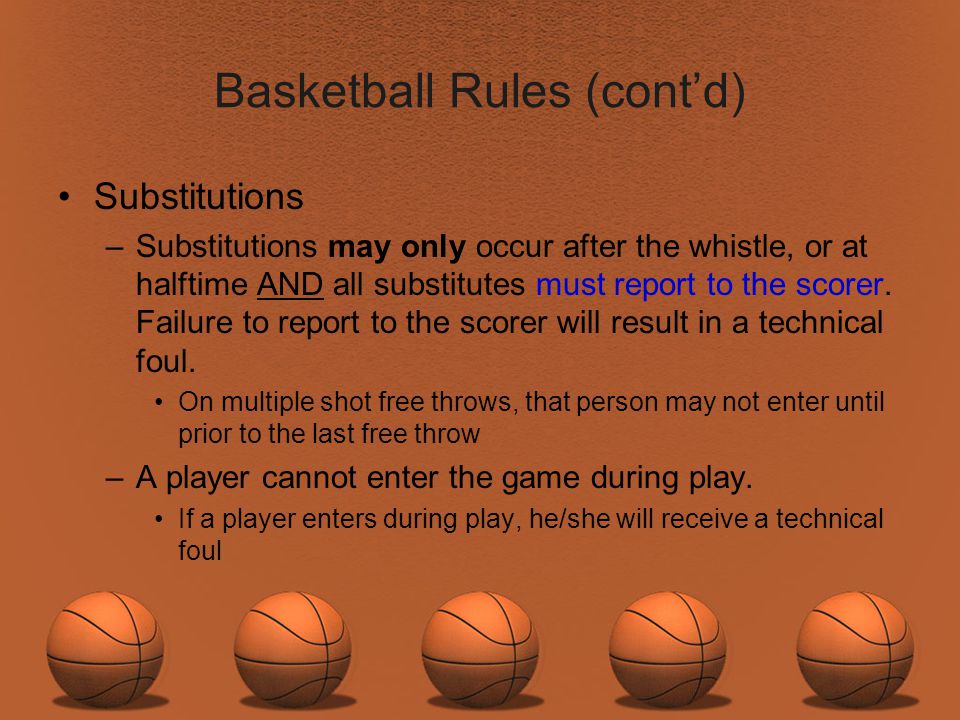 Open shots being emphasized translates to shot blockers being less of a factor.
Open shots being emphasized translates to shot blockers being less of a factor. - Really fun to play. Players are motivated. They are more likely to put extra time in working on their shot when they know that they will get to put their work to use.
Half-Court Offense
A common theme with Coach Dave and Coach Randy at Evolution is keeping it simple. Set plays are not emphasized. Players should ball screen instinctually based on the situation rather than have a call. What Coach Dave did want was players to react correctly when he would give them cues within the play such as a reversal dribble hand-off until a backdoor cut was open. The NBA game has helped him think about mismatches. In 5 on 0, he wants to show players how to screen for one another to get a certain matchup. Then, see if players can execute that in 5 on 5. Executing includes ensuring that players do not force shots once the mismatch is in place.
Philosophy Stuff
One great takeaway Coach Dave had was in regards to where players are spending their time. He will tell players that are addicted to social media to take as many free throws as they get likes on their Instagram photos or to work on the weak hand the same number of minutes that they send messages on Snap Chat. It is a way to relate to players that those things are distractions from bigger goals and that they are not doing everything possible to reach their potential.
He will tell players that are addicted to social media to take as many free throws as they get likes on their Instagram photos or to work on the weak hand the same number of minutes that they send messages on Snap Chat. It is a way to relate to players that those things are distractions from bigger goals and that they are not doing everything possible to reach their potential.
I have always believed in the philosophy that if you want to be the hardest working player, there’s nothing stopping you from doing that. Talent, height, and athleticism all have innate features to them, but effort does not. In a similar way, Coach Dave wants his team to not only be the hardest working teams, but also the best I.Q. teams. This is what he is going for when he says he wants players to instinctually find and exploit mismatches, search for a great shot, or set ball screens without calling a play.
AAU Haters
There are many people out there who argue AAU is not worth driving two hours to play.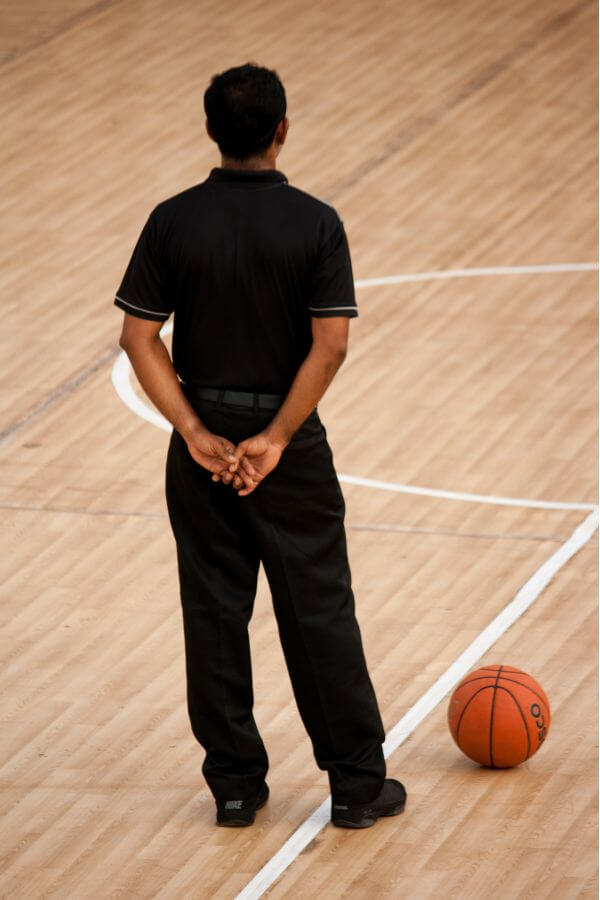 There are four tiers of player according to Coach Dave: developing, competitive, elite, and advanced. For the elite and developing players this sacrifice might be too much. He argues that for the elite or advanced players who want to play in college, AAU is an absolute must. High school leagues do not guarantee a challenge as many games are blow outs. AAU does not guarantee a challenge either, but by playing more games against upper tier competition the probability increases. More importantly though, it is much easier to get recruited since college coaches can scout more people that they are interested in. These same coaches might not go to a high school game if they are not sold on a player.
There are four tiers of player according to Coach Dave: developing, competitive, elite, and advanced. For the elite and developing players this sacrifice might be too much. He argues that for the elite or advanced players who want to play in college, AAU is an absolute must. High school leagues do not guarantee a challenge as many games are blow outs. AAU does not guarantee a challenge either, but by playing more games against upper tier competition the probability increases. More importantly though, it is much easier to get recruited since college coaches can scout more people that they are interested in. These same coaches might not go to a high school game if they are not sold on a player.
General, Transition AAU basketball, Dave Harrington, Evolution basketball, half court offense, jab step, jump stop, reverse pivot, Transition Offense
Traveling in Basketball – The Ultimate Guide to the Rule
When learning to play basketball for the first time, it’s important you understand how to do the right things on the court. At the same time, it’s also important you know how to avoid doing the wrong things on the court — such as traveling.
At the same time, it’s also important you know how to avoid doing the wrong things on the court — such as traveling.
So, what is traveling in basketball?
Traveling is a violation in basketball that occurs when a player in possession of the ball illegally moves one or both of their feet. There is a wide range of ways traveling can be called, but they largely occur when an offensive player takes more than two steps.
A traveling violation, also known as ‘walking’ or ‘taking steps,’ is a coach’s worst nightmare. For the most part, traveling violations are unforced errors that should be avoided at all times. Since there’s a lot to learn when it comes to traveling, we’ll break down everything you need to know.
What Is Traveling in Basketball?When most people think of a traveling violation, they think of taking too many steps without dribbling the ball. While that’s a broad definition of this rule, it doesn’t explain the full spectrum of what the referees consider a traveling violation.
According to the NBA’s official rulebook, there are eight major considerations when traveling in basketball. Let’s take a closer look at what’s considered traveling:
- If you receive the ball while standing still, you can use either foot as your pivot foot, but only one foot.
- When receiving the ball while progressing, you’re allowed two steps if coming into a pass, shot, or stop. You’ll get an extra ‘gather step’ if you haven’t dribbled yet.
- If you want to dribble after receiving the ball (when standing still or coming to a full stop), the ball has to leave your hand before your pivot foot is raised off the ground.
- When you have possession of the ball, you must either pass or shoot the ball before the pivot foot returns to the ground. Furthermore, you can’t be the first person to touch the ball if you drop it once the pivot foot is raised.
- If a player falls to the floor when holding the ball, you’re not allowed to benefit from purposefully sliding.
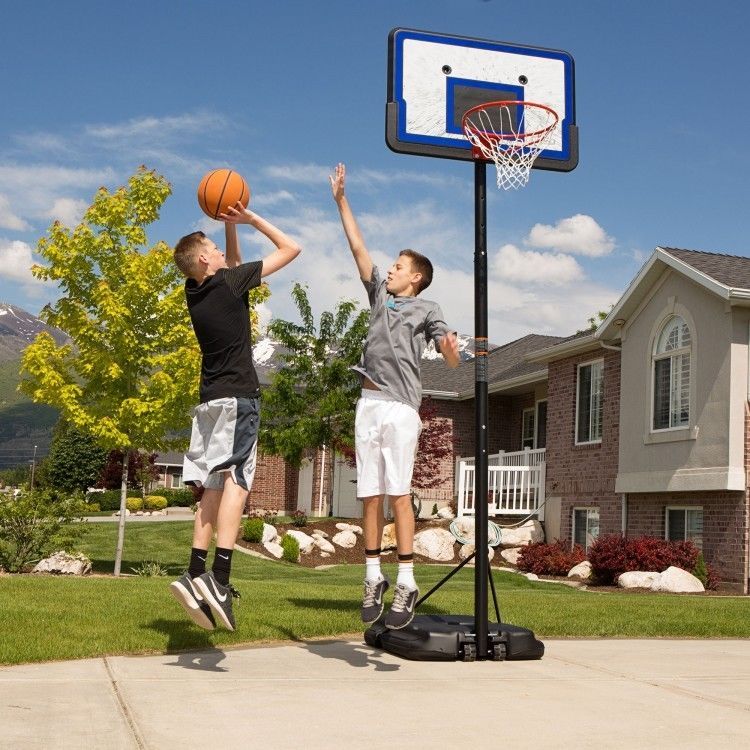
- You’re not allowed to touch the ball after shooting unless it touches the rim, backboard, or another player first.
- You’re not allowed to touch the ball after passing it unless it touches the rim, backboard, or another player first.
- Once you receive the ball or end your dribble, you can’t touch the floor consecutively with the same foot.
Traveling violations can only be called on the ball handler after they catch the ball or after they stop their dribble. In addition to that, you must be in-bounds to travel.
Once the travel happens, the referee blows their whistle and possession is awarded to the defense. The ball is taken out on the sideline nearest the spot of the violation.
How to Avoid Traveling in BasketballUnderstanding the rules is the first step in avoiding traveling when playing basketball, but it won’t guarantee success with the ball in your hand. Much like everything else in this sport, you’ll need extensive practice to feel comfortable enough holding the ball.
Luckily, there are a lot of things you can work on to reduce your risk of traveling in a game. One of the biggest tips we have is called the jump stop and it’s a reliable way to set yourself up for success when receiving the ball.
This occurs when you land on the court and both feet touch after receiving the ball. This is a preferred way to receive the ball because it allows you to choose your pivot foot. This gets tricky when landing on one foot because you don’t want to make a mistake by taking an extra step.
The jump stop is extremely easy to practice whether you’re alone or with your team. When with the team, the coach lines up the players at the baseline about five feet apart. When the whistle blows, the players start running towards half-court.
Players then perform the jump shot on the second whistle. While they’re doing that, the coach yells out a foot and direction to pivot on.
There are four choices here: left foot back pivot, left foot front pivot, right foot back pivot, and right foot front pivot.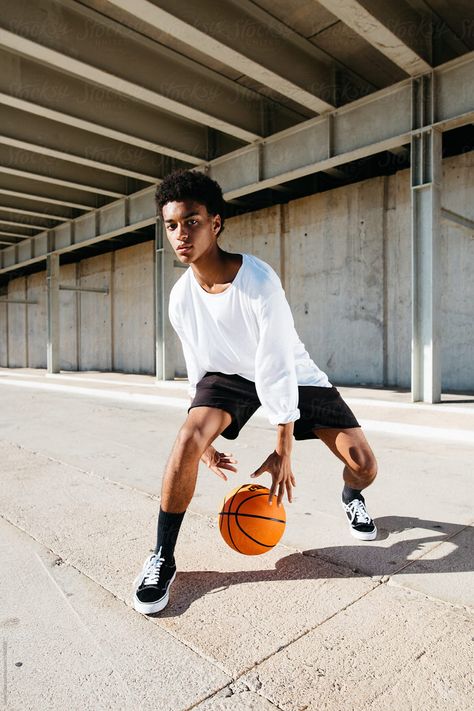 The coach changes the foot and direction every other time he blows the whistle.
The coach changes the foot and direction every other time he blows the whistle.
If you’re alone, do the same thing, but take your coach out of the equation. Mix it up — do it with the ball, without the ball, in different areas of the court, and try doing it with some defense if you have some friends that want to practice.
The more comfortable you are with receiving the ball or picking up your dribble, the less chance you’ll have of drawing traveling violations on the basketball court.
Of course, there is a wide range of other techniques that factor into traveling in basketball. Let’s check out some more of them below!
What Is a Pivot Foot in Basketball?The pivot foot, as we discussed above, is one of the most important facets of a traveling violation. If you don’t know how to utilize the pivot foot properly, let alone know what the pivot foot is, you and the referee will become best friends.
The pivot foot is the foot you use to pivot when holding onto the ball without dribbling. It’s the foot that must remain planted if you want to avoid a traveling violation. It acts like a hinge, allowing you to rotate 360 degrees to create space between you and the defender.
It’s the foot that must remain planted if you want to avoid a traveling violation. It acts like a hinge, allowing you to rotate 360 degrees to create space between you and the defender.
The only time a player is allowed to move their pivot foot is when going up for a shot, passing the ball, or starting a dribble (if they haven’t used their dribble already). Moving the pivot foot before any of these events results in a traveling violation.
To practice your pivot foot, the drill we discussed above will do the trick. For beginners, take the jump stop out of the equation and just work on your pivot foot standing still.
Grab a friend to play defense and have him get in your face so you can get some resistance while trying to keep your pivot foot planted.
If you’re coaching a team, have everyone pair-up and grab a ball. When you blow the whistle the first time, have the player with the ball start pivoting and continue this for several seconds.
When you blow the whistle a second time, the player with the ball needs to pass to their partner so they can start pivoting.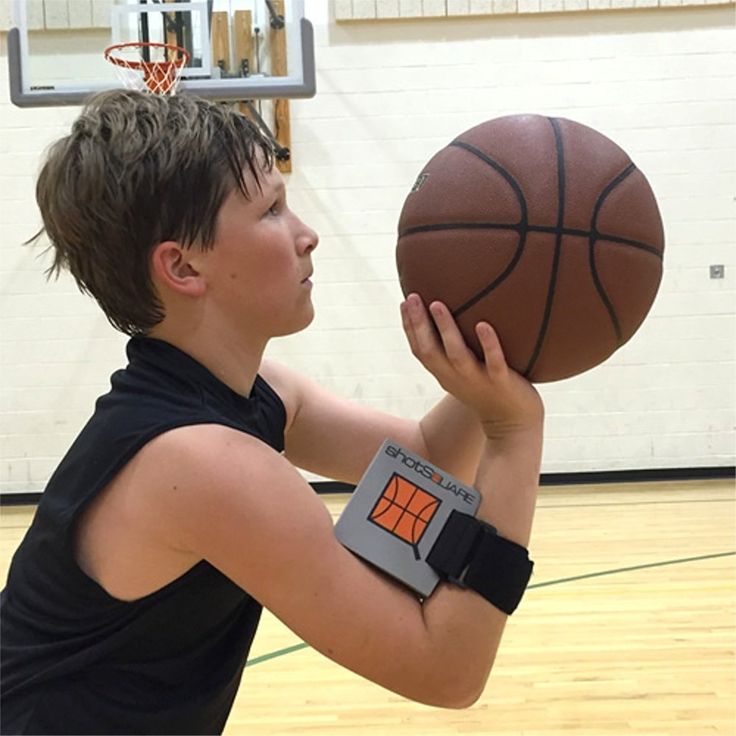
Do this back and forth until both players are exhausted. The more tired they get, the harder it will be to keep that pivot foot. Also, make sure the player without the ball keeps their feet moving while the other player is pivoting — don’t let them stand flat-footed at any time throughout the drill.
What Is a Gather Step in Basketball?The gather step, also known as the ‘gather’, isn’t a new concept to basketball, but it’s one basketball fans have long been confused over. The NBA attempted to clear up that confusion by adding a provision in the rule book that explains the gather step more clearly.
The provision was added in 2019 but has been changed or tweaked several times throughout recent history to better define the gather step. As of now, the NBA’s official rulebook defines the ‘gather’ as the moment a player “gains enough control of the ball to hold it, change hands, pass, shoot, or cradle it against his body.”
It’s important to note that the definition above only applies to a player who receives the ball or gains possession of a loose ball.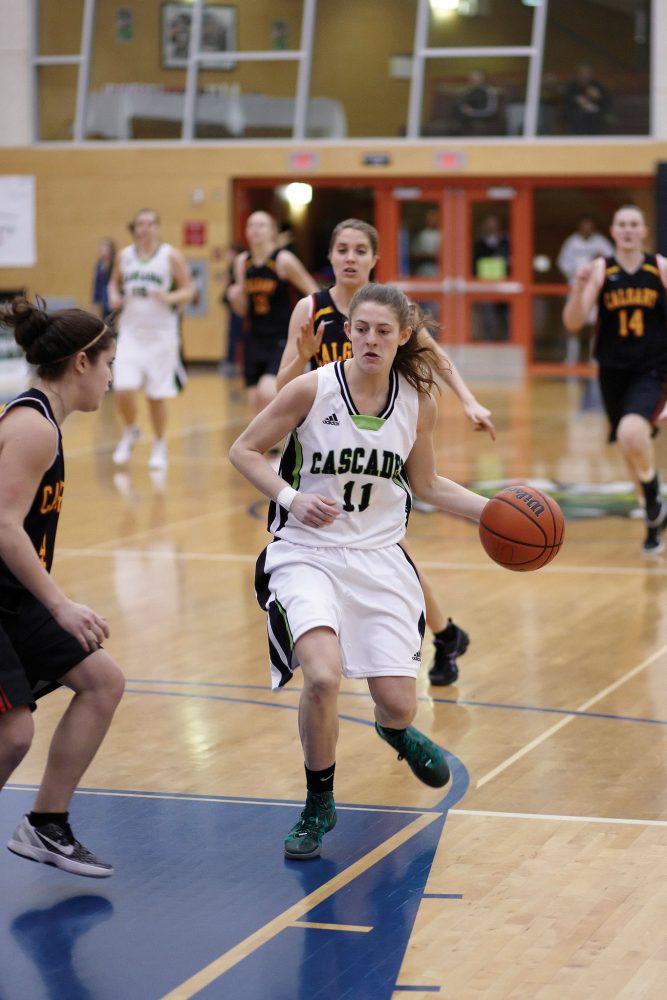
If the player is coming off a dribble, the ‘gather’ is defined as the moment a player puts two hands on the ball, puts their hand under the ball bringing it to a pause, or gains enough control of the ball to pass, shoot, cradle, or change hands.
In addition to that, the NBA further incorporates the new ‘gather’ definition into the traveling rules by explaining the following:
- Players that are progressing can take two steps if they’re coming to a stop, passing or shooting the ball.
- Players that are progressing can take one step before releasing the ball if they haven’t dribbled yet.
- Players that are progressing while dribbling can take two steps if they’re coming to a stop, passing or shooting the ball.
The NBA also defined that the first step is when a foot or both feet touch the ground after the player makes contact and ‘gathers’ the ball.
What Is a Zero Step in Basketball?The zero step is another offensive term in basketball that is rather new to the NBA due to the clarification of the ‘gather’ rule.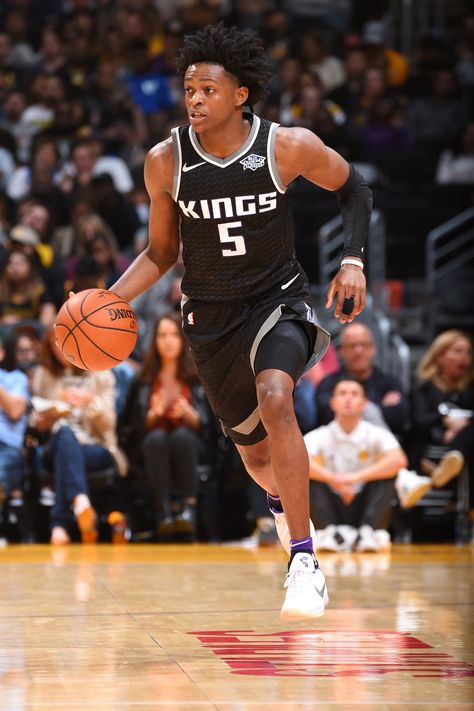 In relation, the zero step is the step taken by the player when gathering or gaining control of the ball.
In relation, the zero step is the step taken by the player when gathering or gaining control of the ball.
In other words, the zero step is that extra step players are allowed to take when gaining control of the ball. It’s the reason why so many players in NBA play might look like they are traveling, but they’re following the traveling rules — most of the time.
The thing with the zero step is that it’s only allowed when a player is progressing and when they have one foot on the ground.
Let’s say you receive the ball from a teammate. The foot that hits the ground the moment you catch the ball is considered your ‘zero step.’ Under the old traveling rules, you would have just one more step before deciding what to do. With the new rules, you still have your two steps.
On the other hand, this rule wouldn’t apply when a jump stop occurs or if you received the ball with both feet flat on the ground (standing still).
What we’re seeing in the NBA — and what younger players should start practicing — is how to take advantage of the zero step. Practice putting it to use in slow motion. Teach yourself to legally take three steps before you shoot, pass or dribble.
Practice putting it to use in slow motion. Teach yourself to legally take three steps before you shoot, pass or dribble.
The defense won’t expect it and you’ll get a lot of early reactions from the defender, which just means you get to take more advantage of the situation.
What Is a Euro Step in Basketball?©mail272 via Canva.com
There are a lot of offensive maneuvers that allow players the ability to create space whenever it’s needed. One of the most popular and beautiful-to-watch basketball maneuvers in basketball is the euro step. Unfortunately, it often gets called as traveling in basketball.
The euro step is when you take full advantage of the two steps you get while progressing and stopping your dribble. It’s largely used in the paint area to gain space for a layup, but it can also be used around the perimeter and even when passing to a teammate.
A euro step requires the player to take two long steps in a zig-zag motion to swiftly move around an opponent or trick them into thinking you’re going one way. Since the player quickly changes direction from side-to-side during a euro step, it’s also referred to as the ‘side step.’
Since the player quickly changes direction from side-to-side during a euro step, it’s also referred to as the ‘side step.’
The term ‘euro step’ exists because the move was originally popularized in European basketball leagues before making its way to the NBA and most basketball leagues in the Western world.
Now, everyone uses it and it’s an extremely effective move. Knowing how to perfect the euro step gives you a weapon to use throughout the game.
Eventually, the other team will expect you to use this step, at which point you can use another maneuver to keep the defense guessing.
Related Articles- What Is a Field Goal in Basketball? The Ultimate Guide
- How Many Players Are On a Basketball Team? (NBA/NCAA/Youth)
- What Is a Foul in Basketball? Everything You Need to Know
- Charging in Basketball: A Complete Guide to How It’s Called
- What Is the Post in Basketball? (High & Low Post Explained)
Injuries in basketball - types of injuries, their causes and prevention
According to statistics, every third basketball player during his sports career faces five mild, two moderate and one severe injuries. Injuries in basketball can put a player out of action for a long time, and therefore special attention in this sport should be paid to the prevention of player injuries.
Injuries in basketball can put a player out of action for a long time, and therefore special attention in this sport should be paid to the prevention of player injuries.
Consider what kind of injuries in basketball, and what rules must be followed to avoid them.
The most common injuries when playing basketball
Abrasions and bruises are, of course, the most common injuries when playing basketball. Such injuries do not require specialized treatment and it is enough for the player to treat the wound and, if necessary, apply a cold compress. But there are more serious injuries in this sport.
Most common basketball injuries and first aid:
- Anterior cruciate ligament tear. With this injury, the player's knee loses stability and may move to the side. The main causes of ACL rupture are abrupt stop, unsuccessful landing and lateral movement. First aid for torn ligaments - applying cold to prevent swelling and immobilize the joint. The victim must be urgently taken to the hospital for fixation of the joint.
 In case of untimely access to a doctor, treatment is carried out surgically;
In case of untimely access to a doctor, treatment is carried out surgically; - Ankle sprain. The main cause of a sprain is a sudden change in direction of movement, in which the foot turns inward or outward. In case of sprain of the ankle joint, first aid consists in applying cold to the injury site and complete rest for 48 hours in the position of the leg above the level of the body with the imposition of a fixing bandage. After the swelling is reduced, the athlete is required to wear a fixing bandage until complete recovery;
- Achilles tendonitis. Achilles tendon injuries are the most common injuries in basketball. Injuries occur when there is excessive stress on the foot while jumping. With a sharp pain in the heel area, it is required to immediately provide the athlete with peace and apply cold. Next, the victim must be shown to the doctor. Treatment consists in fixing the leg until complete recovery, followed by rehabilitation;
- Injuries of fingers. Despite the fact that in basketball the fingers receive a significant load, their injuries account for only about 11% of all injuries.
 Most often, players experience finger sprains and joint damage, but there are also fractures. First aid in case of damage to the finger - cold and see a doctor. For proper diagnosis and adequate treatment, an x-ray of the injured finger is required;
Most often, players experience finger sprains and joint damage, but there are also fractures. First aid in case of damage to the finger - cold and see a doctor. For proper diagnosis and adequate treatment, an x-ray of the injured finger is required; - Head injuries. Players receive such damage during collisions and falls. Most often, these are mild concussions. Even with a slight concussion, the victim must be taken to a medical facility. The recovery period depends on the severity of the injury and includes complete rest and taking prescribed medications.
Types of injuries in basketball
Injuries in basketball, as in any sport, are of three main types, they are:
- Acute. Such damage occurs when a sudden sharp overload of muscles or joints. In case of acute injury, the victim must be taken to the doctor as soon as possible. With timely medical care, full recovery occurs in 90% of cases;
- Chronic. Such types of injuries in basketball are most often the result of improper treatment, as well as the player entering the field contrary to the recommendations of doctors.
 Chronic injuries are difficult to treat and it is not uncommon for a player to require surgery;
Chronic injuries are difficult to treat and it is not uncommon for a player to require surgery; - Fatigue. Fatigue damage occurs due to the constant load on certain muscle groups as a result of monotonous movements. The most common injury in basketball players is the knee and ankle.
Causes of injuries in basketball
Recent studies have shown that the causes of injuries in basketball often depend on the age category of players. For example, in children's basketball, craniocerebral injuries, bruises and fractures most often occur, while chronic and fatigue injuries predominate among representatives of adult basketball.
Causes of childhood injuries:
- Violation of the training schedule and technique;
- Neglect of warm-up and stretching;
- Disobedient players;
- Shortcomings in the organization of competitions;
- Poor equipment of sports halls.
Causes of adult injury:
- Early return to play after illness;
- Body overload;
- Violation of the training regimen;
- Rudeness during a duel;
- Overwork and overtraining.

These are the main causes of injuries in basketball, but there are also accidents that can lead to serious injuries, even if the player is disciplined and strictly follows all the recommendations of the coach.
That is why every basketball player should have reliable sports insurance. Athletes' insurance is a mandatory condition in professional sports; without a policy, an athlete cannot be allowed to participate in training camps and competitions. Particular attention should be paid to children's insurance.
In the insurance calculator you can calculate the cost of child insurance with 24/7 coverage and worldwide coverage.
Injury prevention in basketball
Every athlete should know how to avoid injuries in basketball, because following simple rules will help maintain health and build a successful sports career.
Accident prevention in basketball includes:
- Mandatory warm-up before practice;
- Compliance with the regime of exercise and rest;
- Compliance with doctor's recommendations in case of injury;
- Seek medical attention in a timely manner;
- Drinking habits;
- Compliance with diet;
- Compliance with all instructions of the coach;
- Acquisition of high-quality sportswear;
- Keeping a sports diary to track the results of classes.
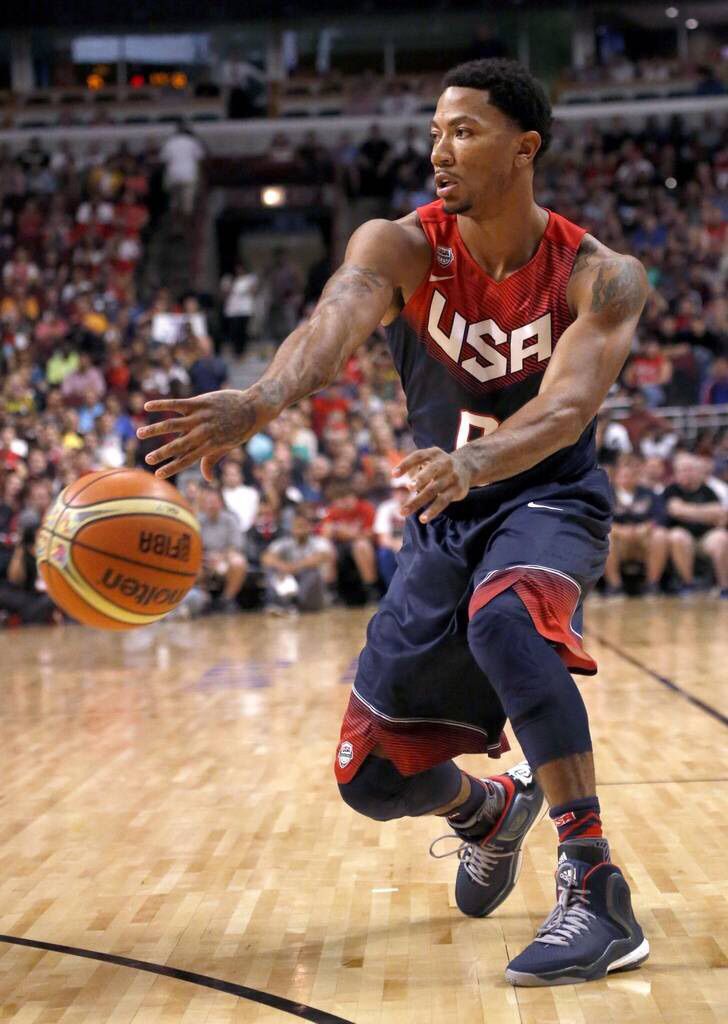
Injuries in basketball are not uncommon, but by adhering to the rules of prevention, they can be easily avoided. If you are just planning to sign up for basketball or want to send your child to the section, check out the list of sections in our catalog. Here you can pick up a section in your city to start a sports career.
what applies to it and what punishments it entails
Basketball is a team game, the essence of which is to throw a basketball into the opponent's basket. Each team consists of five players. The ball can be dribbled, passed, thrown into the ring only with your hands, while observing certain rules of the game. One of the violations of the game is jogging in basketball.
In order to avoid penalties from the referee and not let down your teammates, you should pay close attention to the correct handling of the ball. In this article, you can find out what a basketball run is, how many steps you can take while dribbling the ball, and the established rules for moving a player around the playground.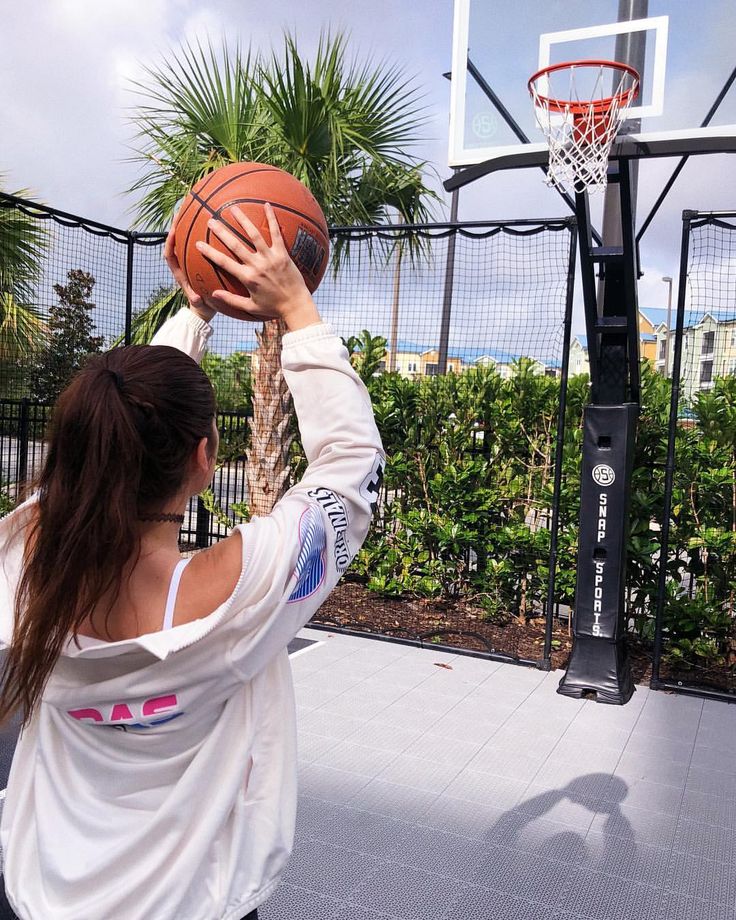
Support foot
Movements with the ball made by the player are counted from the support foot. Therefore, in order to determine whether a player has jogged or not, the International Basketball Federation has established guidelines for determining the pivot foot. It includes the following items:
- When a player has possession of the ball, he decides for himself which foot to use as a pivot. As soon as the basketball player has moved one leg, the second will automatically be considered as the supporting one.
- If the player is on one foot at the time of passing the ball, it will be the pivot foot as soon as the other foot touches the floor.
- If a basketball player is standing on one foot at the moment of possession of the ball, and then jumps out and lands on both, then neither of the legs will be the supporting one.
- If a player receives a ball pass in a jump, then touching the court with both feet at the same time, he can independently choose which foot to make the pivot.

- When a player lands on one foot and then only lowers the other, the pivot will be the one that touched the playing court first.
- If a basketball player touches the court with one foot while jumping, he has the right to jump out of this state on both feet. Then the supporting leg is not defined.
It is allowed to catch the ball while sitting, lying down, reclining, but rolling, standing up, sliding on the court with the ball in hand is strictly prohibited.
Dribbling in basketball
In order to find out what a run in basketball is, you need to familiarize yourself with the rules for moving a basketball around the playing field. They read:
- The support foot may only be placed on the playing court after the player has released the ball. Those. Initially, a basketball player must make a pass or throw into the basket, and then touch the playing court, otherwise his actions will be regarded as a run.
- The following sequence of actions is considered correct dribbling: a basketball player receives a pass, hits the ball on the floor, and moves his supporting leg.
 If the second paragraph was omitted, then the judge will record a violation.
If the second paragraph was omitted, then the judge will record a violation. - After a player has stopped, he may jump or take one step, provided that neither of his legs is a supporting one. Touching the floor is allowed only after the ball has been released from the player's hands.
What is jogging
Basketball jogging is the illegal movement of a basketball player in control of the ball around the playing court. Dribbling should not exceed two steps, then the player must either pass the ball or make a throw into the basket. It is also prohibited to carry the ball across the playing court. While dribbling, a basketball player must “knock” the ball on the floor.
Another nuance that should be taken into account when playing is that at the very beginning of the dribble, the basketball player must first hit the ball on the floor, and then start moving. If this action was not performed, then it will also be regarded as a run in basketball.